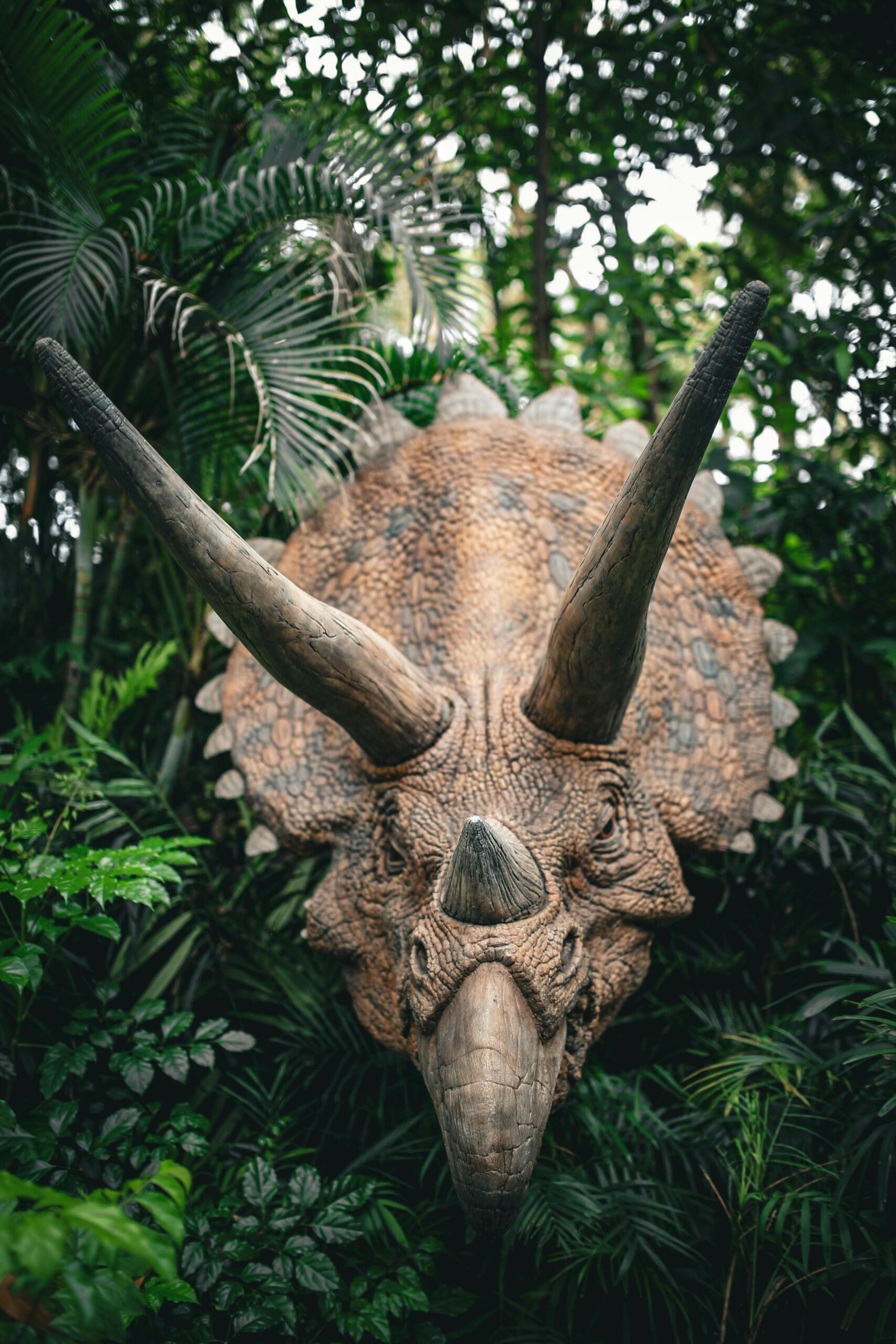Discovering Khao Sok National Park: A Timeless Wilderness
Nestled in southern Thailand, Khao Sok National Park is a sanctuary of primordial beauty, often hailed as one of the oldest rainforests on Earth. Spanning over 700 square kilometers, this UNESCO-recognized reserve boasts towering limestone cliffs, emerald-green rivers, and a biodiversity rivaling the Amazon. Its crown jewel, Cheow Lan Lake, mirrors the sky with its crystalline waters, while ancient trees—some over 1,000 years old—stand as silent witnesses to millennia of ecological evolution. Yet Khao Sok is more than a natural wonder; it’s a living ecosystem where rare species thrive and human history intertwines with the land. This article delves into the park’s geological marvels, unique wildlife, cultural significance, and the delicate balance between conservation and tourism.
A Jurassic Landscape: The Geology of Khao Sok
Khao Sok’s dramatic terrain was shaped over 160 million years ago, when tectonic shifts and erosion carved its iconic karst formations. These limestone cliffs, some soaring 900 meters, shelter hidden caves and waterfalls, while the park’s network of rivers and lakes sustains its lush vegetation. Cheow Lan Lake, created in 1982 by the Ratchaprapha Dam, submerged valleys to form a labyrinth of limestone islands. This artificial yet harmonious addition highlights nature’s resilience, as flora and fauna adapted to the new aquatic environment. Geologists marvel at the park’s sedimentary layers, which reveal clues about prehistoric climates and ancient marine ecosystems.
Biodiversity Hotspot: Flora and Fauna
Home to over 5% of the world’s species, Khao Sok is a biodiversity treasure trove. Its rainforest canopy shelters:
- Rafflesia kerrii, the world’s second-largest flower, which blooms briefly with a pungent odor to attract pollinators;
- Endangered species like the Asian elephant, Malayan tapir, and clouded leopard;
- Over 300 bird species, including the iconic hornbill and rare Gurney’s pitta.
The park’s rivers teem with aquatic life, such as the giant freshwater stingray and rare mahseer fish. This ecological richness underscores Khao Sok’s role as a critical habitat in Southeast Asia’s conservation efforts.
Human Footprints: Culture and Conservation
Long before its designation as a national park in 1980, Khao Sok was inhabited by indigenous communities and nomadic tribes. Today, local villages offer insights into sustainable practices, such as rubber farming and eco-tourism. However, the park faces challenges: illegal logging and wildlife poaching threaten its fragile ecosystems. Conservation initiatives, led by NGOs and the Thai government, promote reforestation and community education. Responsible tourism—like guided jungle treks and floating bungalow stays—provides economic incentives to protect the park, proving that humanity and nature can coexist harmoniously.
Conclusion: Preserving Paradise
Khao Sok National Park is a testament to Earth’s ancient splendor and a reminder of our responsibility to safeguard it. From its Jurassic-era cliffs to its vibrant biodiversity, the park offers a window into a world untouched by time. Yet its survival hinges on balancing human curiosity with ecological respect. By supporting sustainable tourism and conservation efforts, visitors can ensure that future generations will marvel at Khao Sok’s limestone cathedrals, hear the calls of wild gibbons, and wander beneath its ancient canopies. In a rapidly modernizing world, Khao Sok stands as both a refuge and a rallying cry—a paradise worth protecting.
